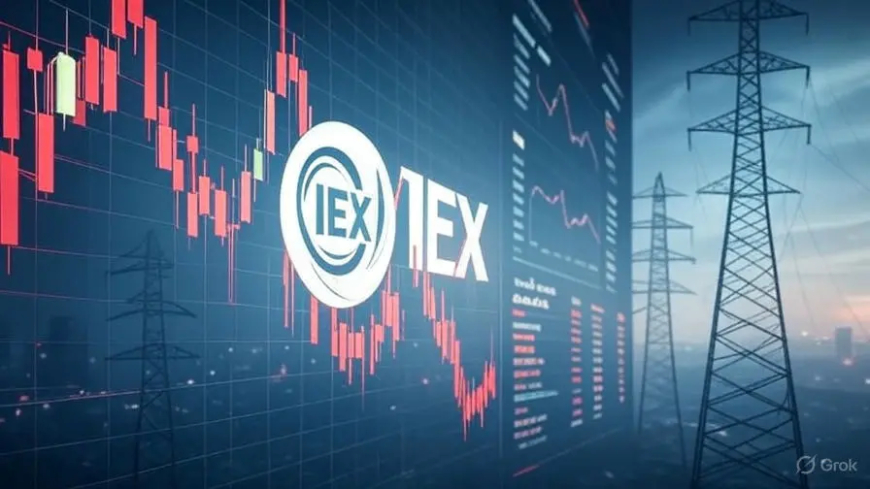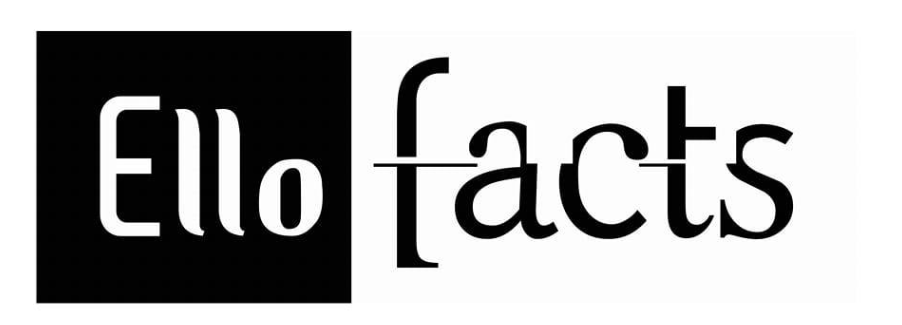IEX Stock Sinks on CERC's Plan for Unified Power Pricing
IEX shares dropped 10% after CERC announced market coupling from Jan 2026, aiming to unify electricity pricing and increase competition among exchanges.

IEX Stock Sinks on CERC's Plan for Unified Power Pricing
Indian Energy Exchange (IEX) shares witnessed a sharp decline of 10% on July 24, falling to ₹169.10 in early trading after the Central Electricity Regulatory Commission (CERC) announced a significant structural change to the way electricity is traded in the country. CERC confirmed that starting January 2026, market coupling will be implemented in phases to bring uniformity and efficiency to the power market.
Understanding Market Coupling and its impact
Market coupling refers to a system where price discovery for electricity is centralized, using a common algorithm to determine a single market-clearing price across all exchanges. Currently, power exchanges like IEX operate independently, setting their own prices based on supply and demand. This decentralized method has led to fragmented trading, price variations, and limited liquidity in the market. With the introduction of a centralized mechanism, power trading will be streamlined, enhancing transparency and competition.
Why did IEX Shares fall ?
The announcement has raised concerns among investors and market participants, as it is expected to reduce IEX’s dominant role in determining spot power prices. IEX has long been the leading exchange in India’s electricity market, playing a central role in price discovery. With market coupling, this authority will be shared among all exchanges, potentially diminishing IEX’s influence and reducing its revenue from trading fees. As a result, investors responded swiftly, leading to the sharp drop in the company’s share price.
CERC's Vision for a Modernized Power Market
CERC’s move is part of a broader vision to modernize India’s power sector and support the country’s clean energy transition. India has set an ambitious target of achieving 500 GW of renewable energy capacity by 2030. To meet this goal, the regulatory framework must evolve to accommodate more flexible, efficient, and scalable market structures. Market coupling is one such reform aimed at improving market liquidity, addressing inefficiencies, and facilitating greater participation from renewable energy sources.
Phase one : Focus on the Day-Ahead Market
In the initial stage of this rollout, the Day-Ahead Market (DAM) will be the first segment to adopt the coupling mechanism. Other segments, such as the real-time and term-ahead markets, may be included at a later date following further consultations and pilot runs.
The Road ahead of IEX
While the short-term impact on IEX appears negative, the long-term outcome will depend on how the company adapts to this new market structure. With its extensive network of over 8,000 participants and experience in power trading, IEX still holds potential to remain a key player in a more competitive and transparent power market.

 Ellofacts
Ellofacts 





